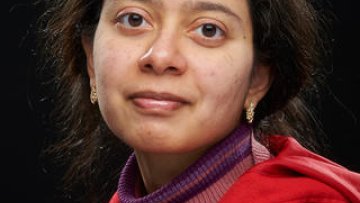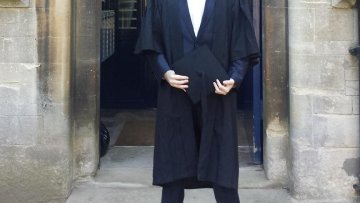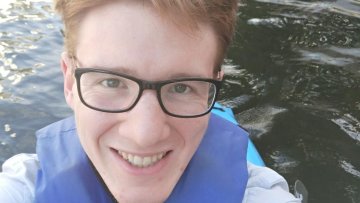Mechanobiology is a field of science that aims to understand how mechanics regulate biology. It focuses on how mechanical forces and alterations in mechanical properties of cell or tissues regulate biological processes in development, physiology and disease. In fact, all these processes occur in our body, which presents a clear structural and hierarchical organization that goes from the organism to the cellular level. To advance in the understanding of all these processes at different scales requires the use of simplified representations of our body, which is normally known as modelling or equivalently the creation of a model. Different types of models can be found in the literature: in-vitro, in-vivo and in-silico models.
Here, I will present our modelling strategy in which we integrate different mathematical models and experiments in order to tackle relevant mechanical-based mechanisms in wound healing and cancer metastasis progression [1,2]. In fact, we have focused our research on individual [3] and collective cell migration [4], because it is a crucial event in all these mechanisms. Therefore, unravelling the intrinsic mechanisms that cells use to define their migration is an essential element for advancing the development of new technologies in regenerative medicine and cancer.
Due to the complexity of all these mechanisms, mathematical modelling is a relevant tool for providing deeper insight and quantitative predictions of the mechanical interplay between cells and extracellular matrix during cell migration. To assess the predictive capacity of these models, we will compare our numerical results with microfluidic-based experiments [2], which provide experimental information to test and refine the main assumptions of our models.
Actually, we design and fabricate multi-channel 3D microfluidics cell culture chips, which allow recreating the physiology and disease of one organ or any biological process with a precise control of the micro environmental factors [5]. Therefore, this kind of organ-on-a-chip experiments constitutes a novel modelling strategy of in vitro multicellular human systems that in combination with mathematical simulations provide a relevant tool for research in mechanobiology.
References
Escribano J, Chen M, Moeendarbary E, Cao X, Shenoy V, Garcia-Aznar JM, Kamm RD, Spill F. Balance of Mechanical Forces Drives Endothelial Gap Formation and May Facilitate Cancer and Immune-Cell Extravasation. PLOS Computational Biology, in press.





